Shortlisted for the $75,000 Cundill History Prize, Dust on the Throne: The Search for Buddhism in Modern India offers a new perspective on the history and revival of Buddhism in India. In an interview, Douglas Ober, an honorary research associate in the Centre for India and South Asia Research at the University of British Columbia, captures the contemporary relevance of the Buddha.

Won’t you agree that Buddhism as a religion may have been rediscovered, but its universal values and morals have remained integral to the country’s culture? Isn’t acknowledgement and acceptance of such values across other religions more important than the spread of Buddhism?
Buddhism doesn’t possess a monopoly on universal values — but I am sceptical of the narrative that justifies Buddhism’s historical erasure by arguing that it does not matter because its system of values and morals were purportedly carried on elsewhere. Gandhi and Sarvepalli Radhakrishnan had argued in various ways that as a branch of Hinduism, Buddhism didn’t offer anything different than what ‘reformed’ Hinduism already possessed. But by adopting this view we end up denying Buddhist traditions and practices, their intrinsic identity and autonomy, in effect falsifying and erasing their distinctive histories and pathways. Understanding Buddhism as just a series of values, which secular modernists have been trying to do to Buddhism for the past 150 years, turns it into something that is incidental and can be just as easily sought elsewhere.
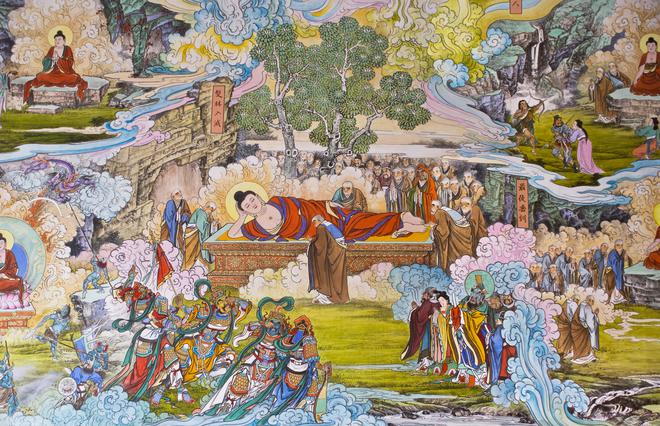
Didn’t Buddha attack popular religion for its ceremonial superstitions by laying emphasis on logic, reason and experience? Did he do so to create another religion, or the essence of his teachings was to inspire and educate society to rise above prevailing religious dogmas?
That is the classic modernist review of the Buddha. The truth, however, is that even our most nuanced understandings of the Buddha paint a somewhat contradictory picture. Trying to locate the Buddha in history and separate him from what the earliest records stress is a bit like trying to separate a flower from its scent. There is a serious debate about whether the Buddha actually lived in a Brahamnised-context. If he didn’t then many of the later anti-Brahmanical and anti-Vedic elements contained in the earliest suttas/sutras could be later interpolations. So, was the Buddha anti-ritual? The suttas reveal that he was a critic of certain types of priestcraft and societal constraints. But the prevalence of ritual practice and animist cults evidenced among even the earliest Buddhist communities suggests that reason and rationality coincided with the ethereal and mystical. Perhaps there was a kind of cognitive dissonance or perhaps there were tensions with regard to these differences. But if we accept the argument of early Buddhists, then we must also remember that the Buddha was a master teacher who catered his message for different audiences — different strokes for different folks.

You assert that Buddhism has been an emerging phenomenon, but the numbers don’t add up to show that Buddhism as a religion has gained deeper roots. As per 2011 Census the total Buddhist population in India is less than 0.5 percent. Should numbers be important or the actual acceptance of values?
There are different ways of understanding Buddhism’s influence and growth. Leaving aside Census figures, the fact that there are some 8 million Buddhists in India today, compared to the roughly 200,000 listed in the first Census after Independence is remarkable. These numbers also point to a contradiction. Less than 1% of the populace formally identifies as Buddhist but then Buddhism plays an immense role in modern India’s foreign policies and national representation. India’s Buddhist heritage has played a critical role in its foreign diplomacy, from the political left to the political right, from Nehru’s bodhi-tree diplomacy of the 1950s to Modi’s social media campaigns with Chinese and Japanese heads of state. Clearly, the government recognises Buddhism as a source of social and political capital. Statistics don’t offer a snapshot on cultural influences.
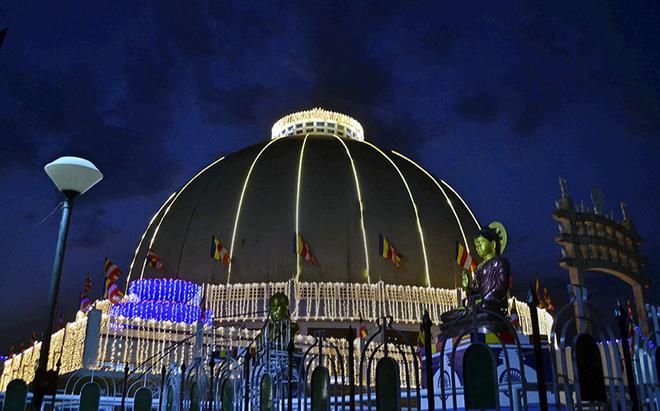
Hasn’t the anti-caste activism (by Ambedkar) isolated those who converted to Buddhism, and led to mischaracterisation of the radical remodeling of Buddhism? Rather than cutting across castes, has this not ended up creating an outward identity without transforming the social realities for those who joined it?
You’re certainly right. It has certainly alienated a lot of people and many wrongly (I think) saw Ambedkar’s Buddhism as something of a deviant sect. It faced criticism from many different quarters. Some of the scepticism is borne out of political differences, including caste-based tensions; some stems from his hermeneutical strategies and disregard for other Buddhist traditions. As for the historical moment in which Ambedkar operated, his Buddhism wasn’t all that radical, but the anti-caste activism alienated many Buddhists, both Indians and non-Indians. The Buddhist element to his politics also sits uneasily with many people otherwise committed to Ambedkar. But I think the return to Buddhism was not merely about creating an outward identity. The act of conversion was symbolic but also had practical significance. It was a way to assert one’s self-worth and dignity. It provided a sense of solidarity and belonging for those who had long been ostracised and oppressed. While the conversion may not have immediately transformed the social realities of those who joined, it initiated a process of challenging caste practices, even as it heightened some caste divisions. It is true that Ambedkar’s vision of Buddhism becoming the dominant faith of India never materialised so his revolution remains incomplete. Over time, the impact of these efforts may become more evident. After all, Rome wasn’t built overnight.
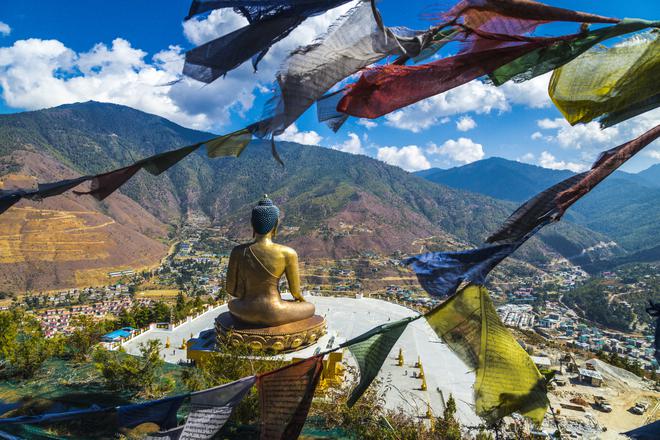
Do you foresee any possibility of an intersectional relationship between Buddhism and Sanatan?
I think history shows that there are real possibilities for a relationship to emerge. One has to remember that the president of the All-India Hindu Mahasabha in 1935 was a Buddhist monk! While the Hindu Mahasabha was far more than a Sanatani Dharma organisation at the time and represented many liberal and reforming Hindu elements, there is this long tradition of Buddhists and Sanatan Dharma Hindus working alongside one another in the past century. But now, I see less possibility of a Sanatani-Buddhist relationship forming. There is a deep-seated lack of trust on both sides and it would take a profoundly charismatic leader to reconcile that.
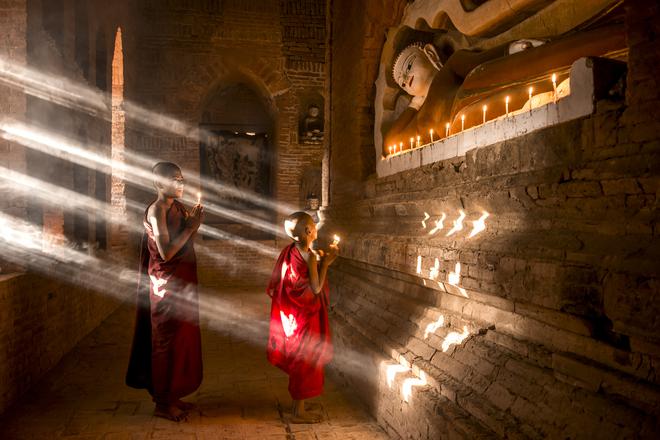
Hasn’t Buddha’s meditation practice (Vipassana) done better than Buddhism as a religion in engaging millions to lead a fuller life away from religious dogmas? Should Buddha and Buddhism be seen differently?
The question of whether Buddha and Buddhism should be seen differently is complex. In ways, the quest to grasp the historical Buddha (like the quest for the historical Jesus) and understand his ‘inherent mission’ says as much about our modern predicament as it does about the Buddha himself. Much of our understanding of the Buddha is inextricably linked and reliant upon what other Buddhists (and their antagonists) believed about him. So, I think we have to admit that at many levels, the Buddha and Buddhism are different facets of the same gem. Vipassana is just one of the most valuable tools to understanding and experiencing the Buddha’s teachings. Vipassana isn’t just about managing stress, anxiety and psychotherapy. Even if you complete one of Goenka’s Vipassana retreats — which are among the secularised interpretations of Vipassana — his indebtedness to Buddhism as a profound spiritual tradition is clear.
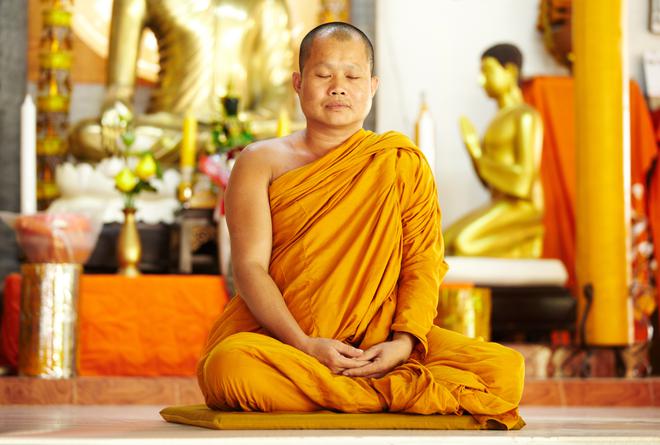
Will following the ethical values of Buddha help create a new world in which peace and tranquility prevails?
I wish I were more optimistic on this front, but I’m not. Conflict often emerges when individuals become entangled in the web of their own self-interest and forget the interconnectedness of all existence (what Buddhists call dependent origination). But just like the rest of us, Buddhists are human and often fail to uphold these insights, let alone the values of compassion and loving-kindness. One needs to only look at the way Buddhism is deployed by some Buddhists in places like Myanmar and Sri Lanka to see that it is not a panacea for our 21st century conflicts.
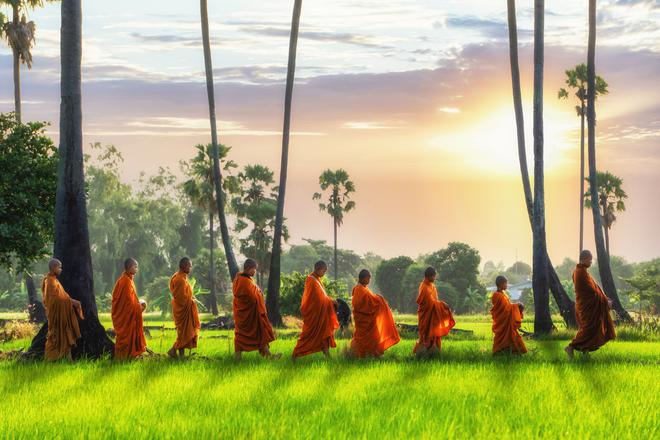
Dust on the Throne; Douglas Ober, Navayana, ₹699.
The interviewer is an independent writer, researcher and academic.







